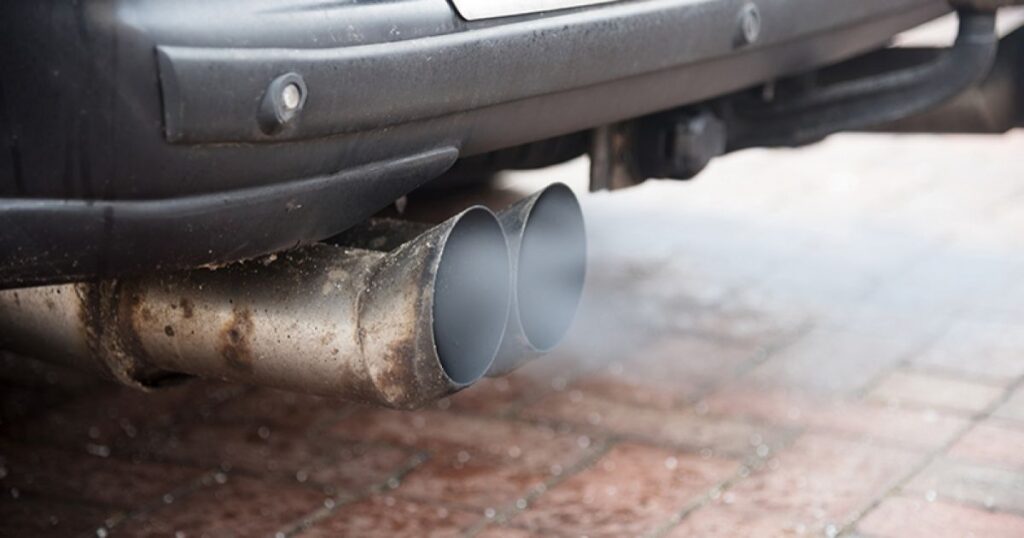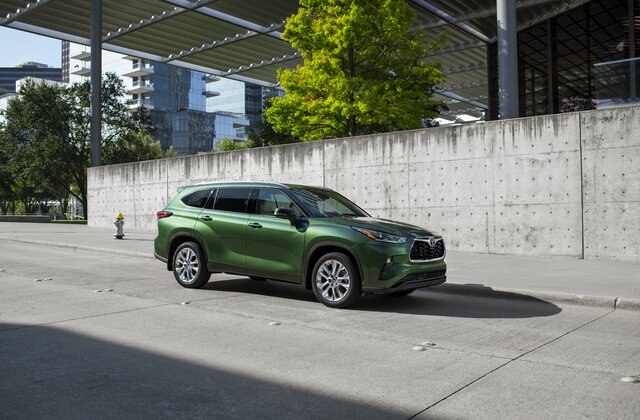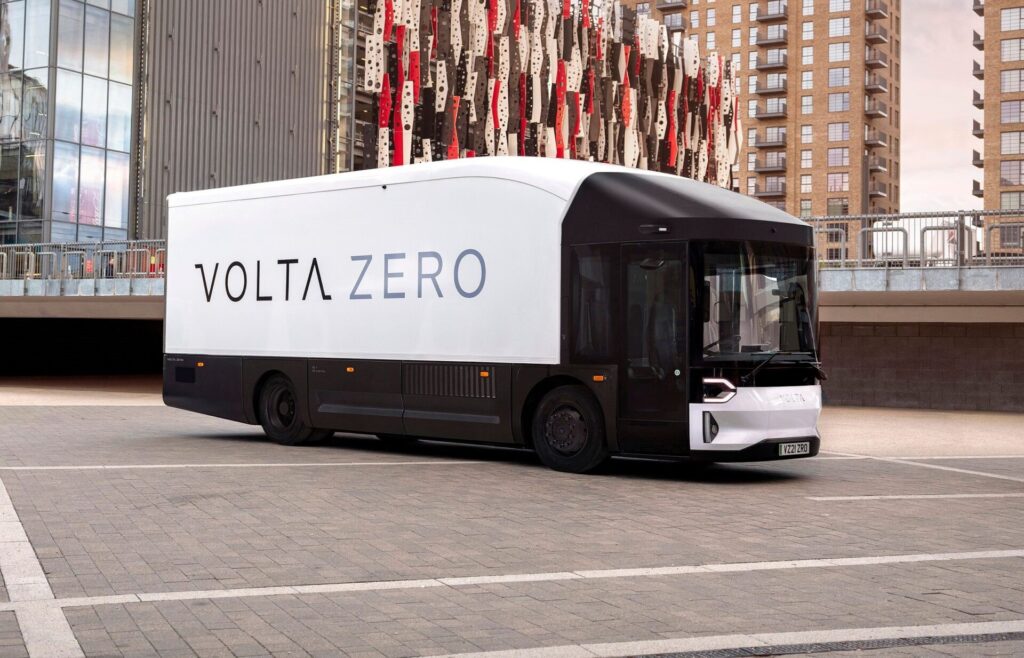The Impact of Increasing Demand for Ultra-Heavy SUVs
According to new research, a conventional-engined vehicle purchased in England in 2013 will, on average, produce fewer carbon emissions than one purchased today, owing to the increasing demand for ultra-heavy SUVs in the country.
Income and SUV Ownership Correlation
Possible, a climate advocacy organization, found a significant correlation between income and the ownership of large SUVs; thus, justifiable “polluter pays” tariffs on vehicle emissions based on size were proposed.
Wealthy Households and Driving Behaviors
According to vehicle ownership data in England, households in the highest 20% income bracket are 81% more likely to own high-emission SUVs compared to the remaining 80%.

Individuals in the highest 20% income bracket travel three times more miles annually than those in the lowest income quintile.
The study reveals that the carbon footprint of the driving behaviors of the wealthiest individuals has had a more significant impact on the environment than that of the less affluent.
Geographical Implications of SUV Ownership
People residing in wealthier areas in London’s Kensington and Chelsea municipality were more likely to own SUVs, and this connection was stronger for ultra-heavy, high-emission vehicles like the Land Rover Defender. In the most affluent part of the municipality, approximately 25% of vehicles fell into this category, while in the poorest section, only 5% did.
Increasing concerns have arisen about the environmental, health, and safety implications of the growing popularity of SUVs, which are often large, four-wheel-drive vehicles that frequently weigh over two tonnes.
In recent years, SUV sales in the UK have increased from a fifth to practically a third.
Studies show that people buy three-quarters of UK urban SUVs new, even though manufacturers market them as vehicles capable of pulling heavy loads and handling hard terrain.
With the increase in SUV sales and their typically much greater weight than conventional models, the study calculates that the average conventional-engined vehicle purchased in 2023 will produce more carbon emissions than its 2013 counterpart.
The report advocates for a differentiation in driver fees, proposing that charges should be exclusively based on greenhouse gas emissions, rather than emissions that directly impact public health, such as nitrogen oxides (NOx).
Concerns that older, low-income automobiles produce more NOx have dominated arguments on expanding London’s ultra-low emission zone.
The report argues that high greenhouse gas emissions often result from wealthy individuals purchasing large SUVs at a price that indicates they could afford an electric vehicle.
Authors argue that carbon emissions-based parking and road user charges promotes social fairness.
In Lambeth, south London, owners of the heaviest, highest-emission vehicles pay over four times the cost of an annual parking permit for the smallest cars. In Kensington and Chelsea, this difference can reach up to ten times.
Possible has urged other councils to follow suit, warning that “the Chelsea tractor has begun its assault on the future, and if we do not respond swiftly, we will all be crushed beneath its wheels.”
SUVs are even more prevalent in some international markets, making up approximately half of all sales in the United States. This year, the Paris-based International Energy Agency reported that globally, SUVs produced emissions equivalent to the combined national totals of the UK and Germany.
There has been a particular focus in the United States on the safety implications of SUVs, especially large “trucks,” for pedestrians and cyclists.
Following decades of decline, the annual number of pedestrian fatalities in the United States has recently risen to 7,500, the highest level since 1981.





